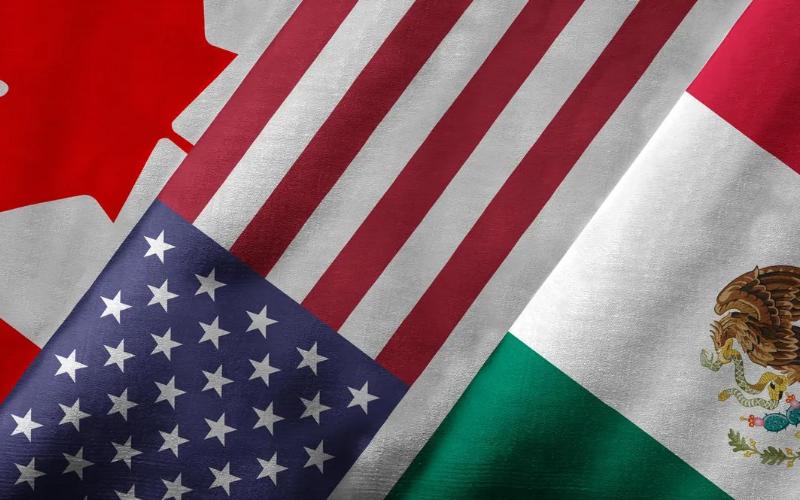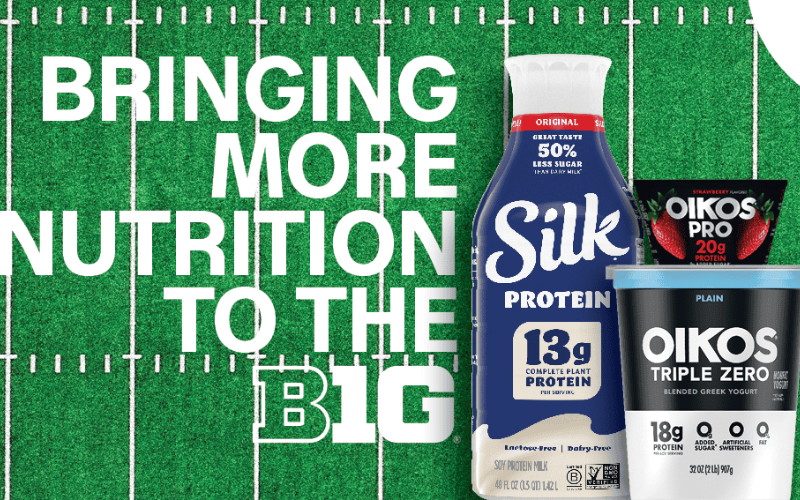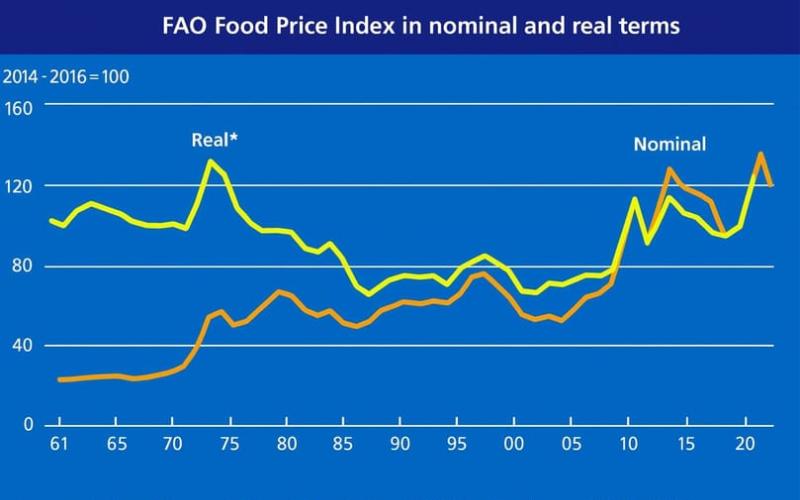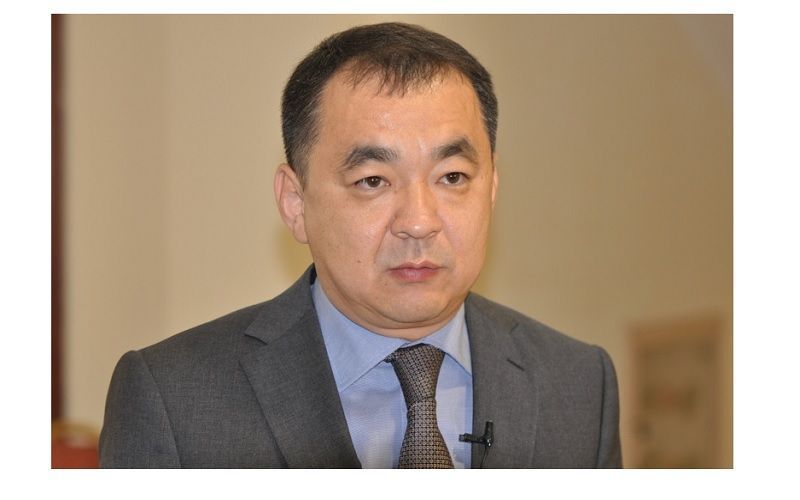Argentina's dairy industry anticipates a 6% production increase in 2025
Sourse: dairynews.today
Argentina's dairy industry anticipates a 6% production increase in 2025, but producers express concerns over potential price drops.
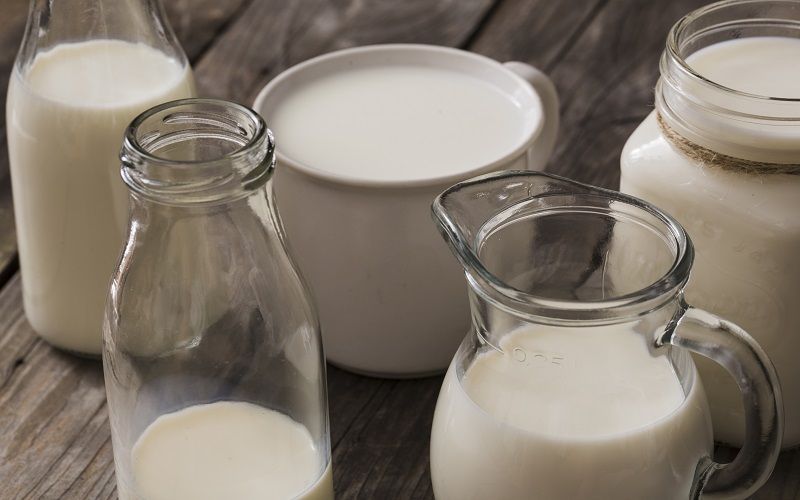
Argentina's dairy industry is bracing for a 6% increase in milk production in 2025, with an estimated output of around 11.19 billion liters. While this may initially seem positive after a previous year's decline, it has prompted concerns among local producers about potential negative impacts on milk prices.
Specifically, industrial figures have hinted at a possible 10% reduction in raw milk prices due to the heightened production. Industry estimates, sourced from the Argentine Dairy Chain Observatory (OCLA), suggest a recovery following similar declines last year.
However, critics, particularly the Argentine Rural Confederations (CRA), dispute these figures, suggesting that data might be inflated. According to them, the reduction of farms from 10,157 to 9,635 and cattle from 1,588,902 to 1,486,248 throughout 2024 casts doubt on such optimistic projections. Producers, who received an average of $444.11 per liter in January from over 369 dairy companies—the lowest in five years when adjusted for inflation—warn that unbacked optimistic forecasts might only serve to push prices down.
CRA calls for sustained raw milk prices as the final consumer price of products like lactose-free milk soars, contributing to a dramatic price discrepancy across the supply chain. The dairy sector faces pressures from both external economic factors and internal debates over sustainable pricing.
As industries project a need for adjustment in response to market changes, the conversation underscores the tension between maintaining competitiveness and safeguarding producer viability.
Specifically, industrial figures have hinted at a possible 10% reduction in raw milk prices due to the heightened production. Industry estimates, sourced from the Argentine Dairy Chain Observatory (OCLA), suggest a recovery following similar declines last year.
However, critics, particularly the Argentine Rural Confederations (CRA), dispute these figures, suggesting that data might be inflated. According to them, the reduction of farms from 10,157 to 9,635 and cattle from 1,588,902 to 1,486,248 throughout 2024 casts doubt on such optimistic projections. Producers, who received an average of $444.11 per liter in January from over 369 dairy companies—the lowest in five years when adjusted for inflation—warn that unbacked optimistic forecasts might only serve to push prices down.
CRA calls for sustained raw milk prices as the final consumer price of products like lactose-free milk soars, contributing to a dramatic price discrepancy across the supply chain. The dairy sector faces pressures from both external economic factors and internal debates over sustainable pricing.
As industries project a need for adjustment in response to market changes, the conversation underscores the tension between maintaining competitiveness and safeguarding producer viability.
Key News of the Week


